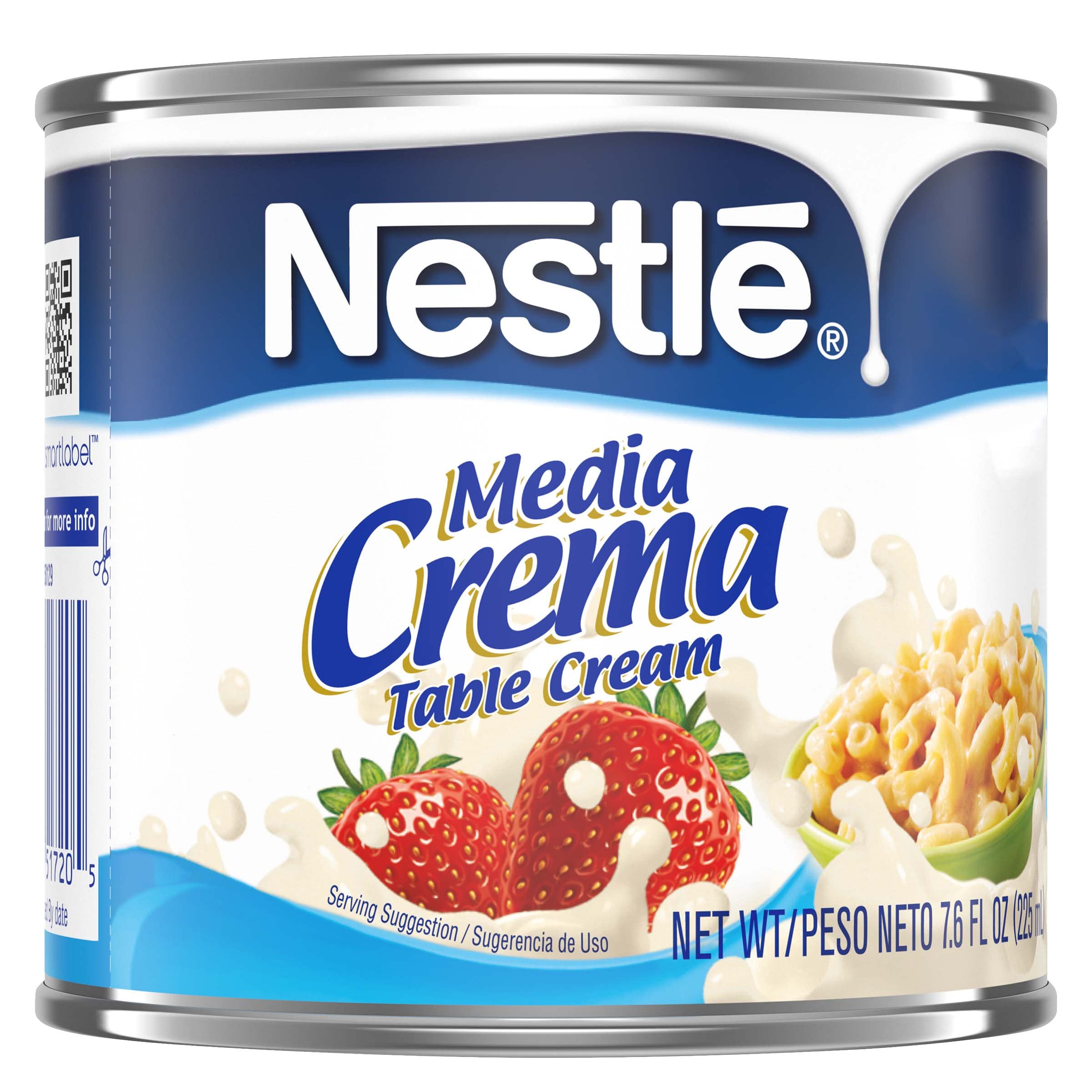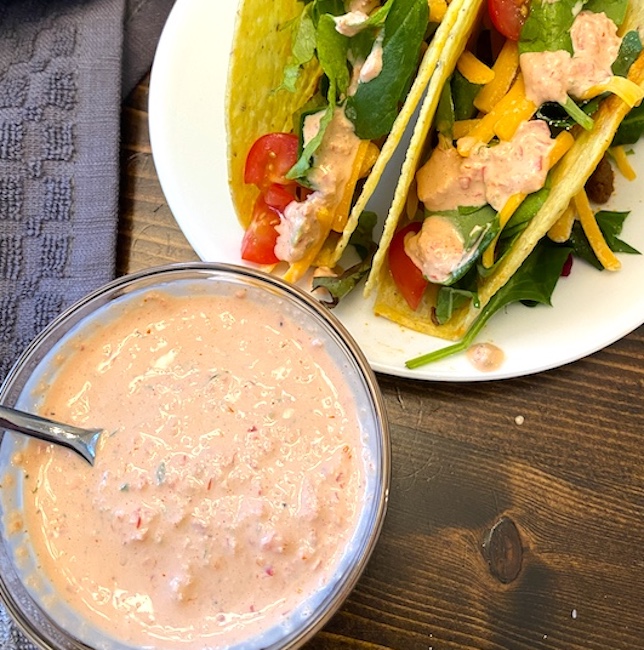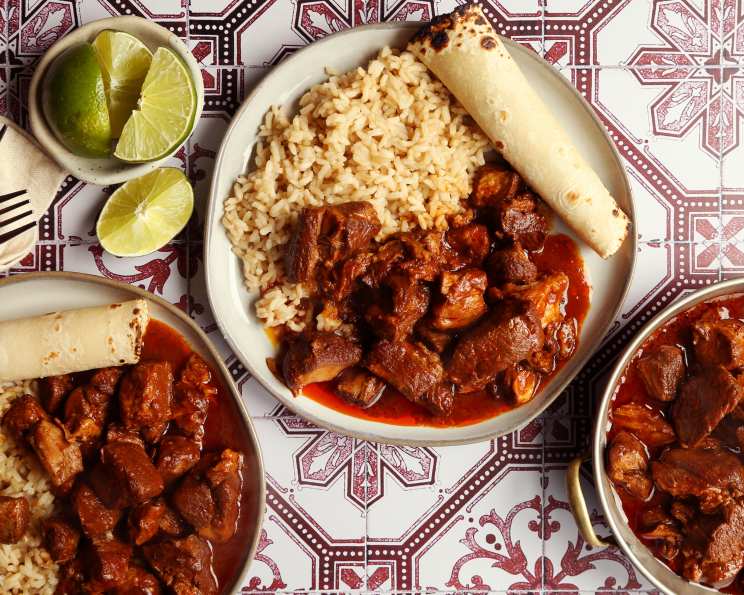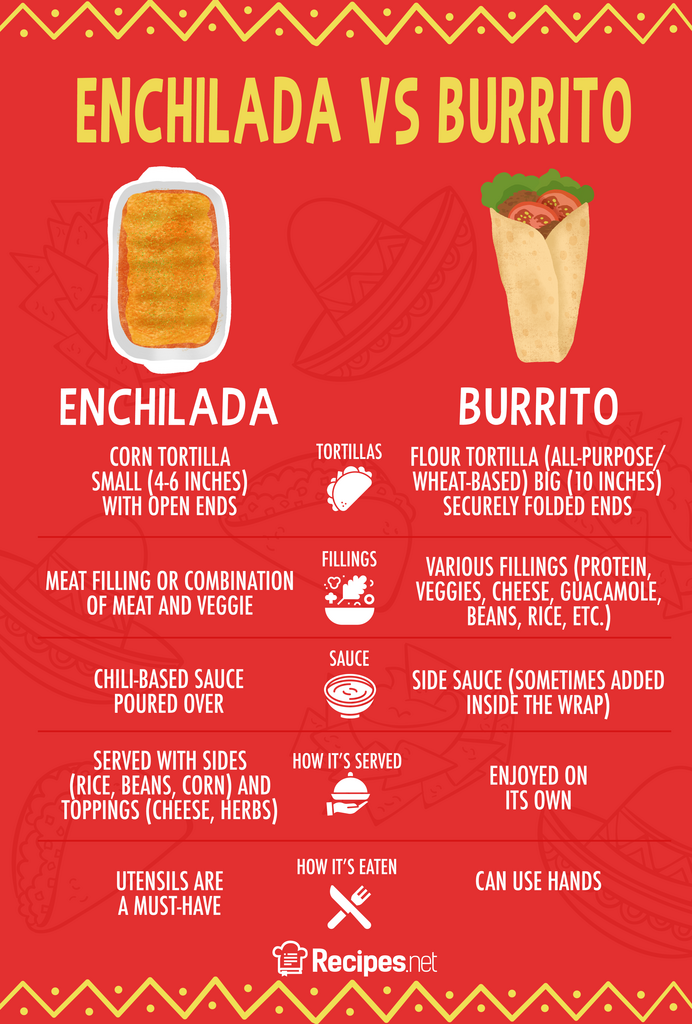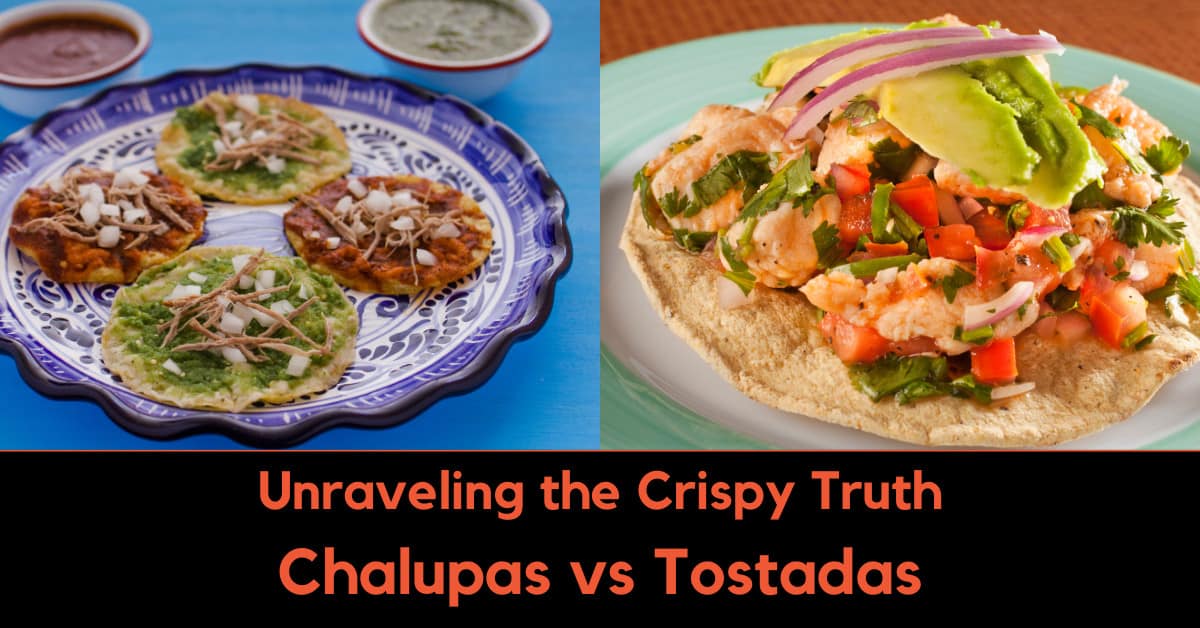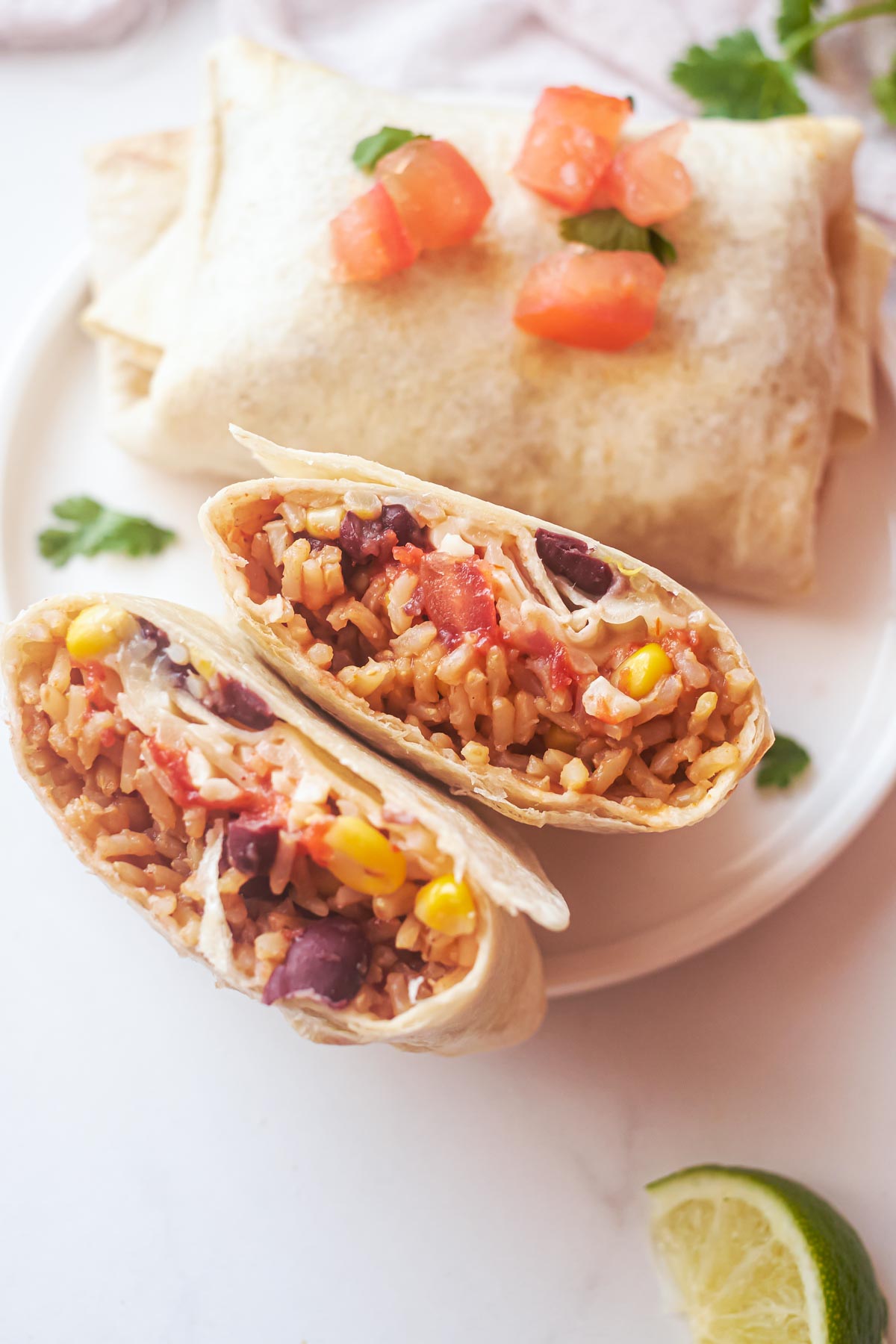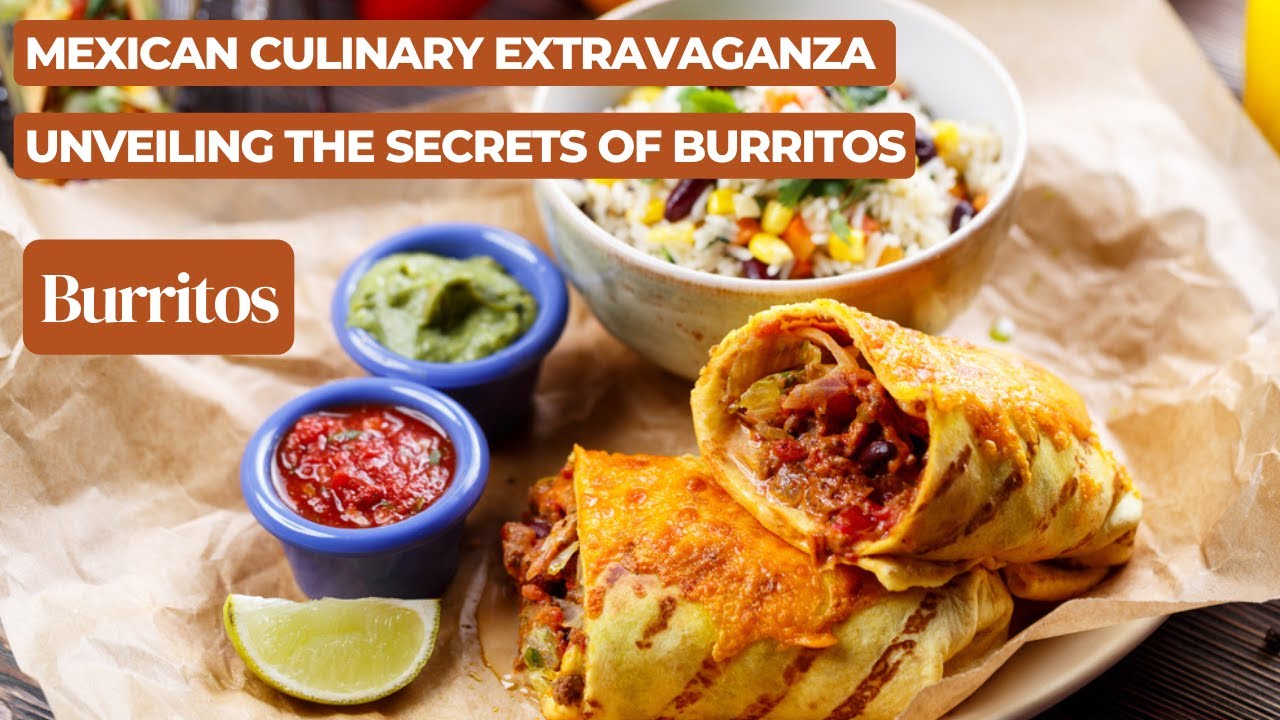Media Crema in English: Exploring the Versatile Condensed Cream
Media crema is a common ingredient in Mexican cuisine and is used in dishes such as stews, soups, and sauces. It can be found in the international aisle of grocery stores and is characterized by its lower fat content compared to heavy cream and sour cream. Media crema can also be used as a garnish for enchiladas and tacos, as well as in desserts like flan and tres leches cake. If media crema is unavailable, sour cream can be used as a substitute due to its versatility and similar taste and texture.
Yogurt: Natural yogurt, with its tangy taste and creamy consistency, can be used as a substitute for media crema. It can be used as a garnish or an ingredient in recipes.
Creme fraiche: Although it has a higher fat content compared to media crema, creme fraiche can be used as a substitute. It has a similar creamy texture and can enhance the taste of dishes.
Half and half cream: Made with equal parts milk and light cream, half and half cream can be a sweeter substitute for media crema. It can be added to soups, stews, and sauces for a creamy element.
Evaporated milk: With its concentrated taste and velvet-like texture, evaporated milk can be a plausible replacement for media crema. However, it has a higher fat content, so it may not be suitable for low-fat diets. Adding cornstarch can help thicken sauces if evaporated milk makes them thinner.
Mascarpone: This Italian cream cheese has a thick, creamy texture and a rich, buttery flavor. It can be used as a substitute for media crema and can even be whipped for a light and airy consistency.
Each substitute offers its own unique qualities and can add a creamy element to dishes. Experimenting with these substitutes can help find the best option for each recipe.
Continue Reading